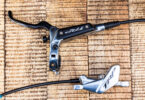The Review | The new FOX Float DPS shock tested
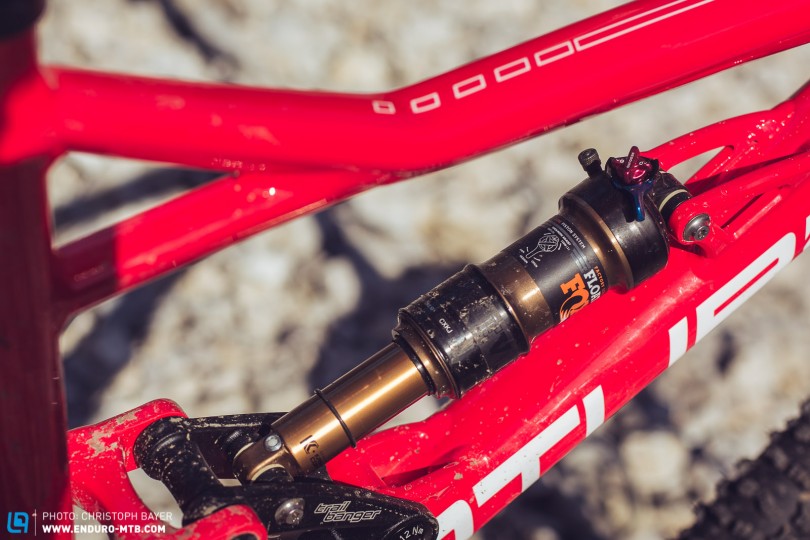
Back at the Sea Otter Classics Festival earlier this year, FOX unveiled some rather interesting new parts for their 2016 collection, including the new Float DPS air shock. We’ve now had opportunity to haul it along trails and here are our first impressions.
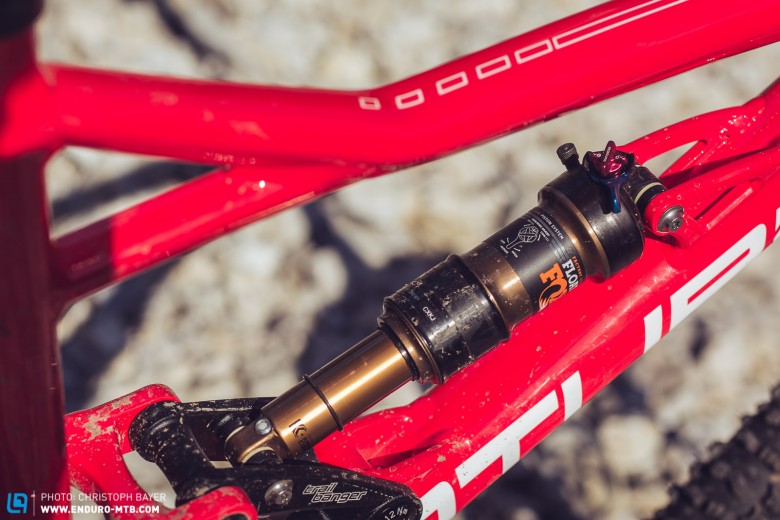
The technology of the Float DPS in detail
Standing for “Dual Piston System”, the DPS refers to the reinvented dual-piston damping system. With one piston dedicated to the open/medium mode, the second takes care solely of the firm mode, thereby tuning the shock to perform better in the climbs without compromising its ride in the downhills. The new shock still allows choice between the three settings: open, medium and firm. Tweaking compression is now done in open mode, rather than in the former trail mode, and this makes it even easier to tune the downhill settings to suit your style.
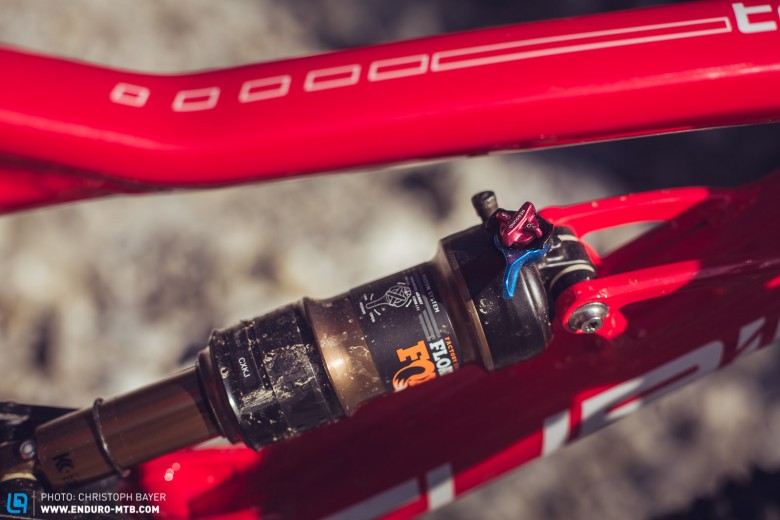
While one major change is hidden in the inner chambers, the second is more than visible to the human eye. We’re talking about the new EVOL air can, which has a bigger negative air chamber that results in more small bump sensitivity (similar to the RockShox Monarch and Monarch DebonAir). Tucked beneath the black covering on the shock, it’s primarily the reason for the new look. The bigger air chamber also renders the spring more linear, but there’s still a simple way for riders to alter the progression by adding spacers. A further plus is that the bigger air volume and extra suspension oil mean it’s less likely to result in over-heating, which is particularly advantageous on long descents.
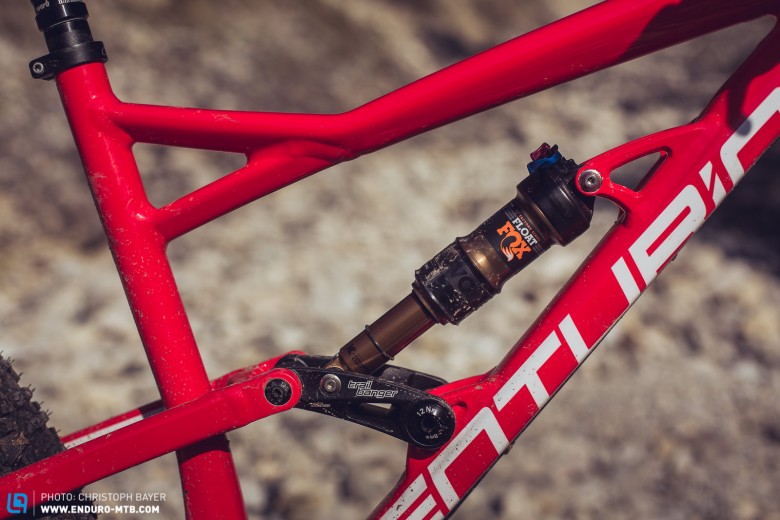
How it rides
Whilst climbing in the firm setting, it’s immediately evident just how much firmer the new FOX shock is compared to its predecessor. Effectively reducing the sag, it also prevents your rear tyre breaking away and enables a better performance on the ascents.

As our tester Pirmin weighs just 65kg, he really benefits from the super responsive nature and the added smoothness at the top of the new FOX DPS’s travel in the open setting. Overall, the shock is really sensitive and easy to define. This worked to his favour as he was able to balance the compression damping despite his light weight.

As Pirmin is on the light side, it’s hard to pass verdict over how well the new shock resists heat build-up, but it survived a descent of 1,000 metres in altitude completely unscathed in terms of performance. During our testing, we didn’t have opportunity to perform a direct comparison between the new DPS and the former CTD shock. However, based on our collective experiences, we can attest to significant performance gains in compression and responsiveness.

Conclusion
Fox have succeeded in progressing the Float shock even more by equipping it with the new DPS (dual-piston system) and EVOL technology. Costing 569 €, some riders may be hesitant to upgrade their current shock, so we’ll leave the decision up to you. But, if you’re buying a new bike and it happens to come with this out the box then you’ll be laughing all the way to the next root garden.
For more information visit: foxracingshox.de
Words: Pirmin Fischer/Christoph Bayer | Pictures: Christoph Bayer
Did you enjoy this article? If so, we would be stoked if you decide to support us with a monthly contribution. By becoming a supporter of ENDURO, you will help secure a sustainable future for high-quality mountain bike journalism. Click here to learn more.







